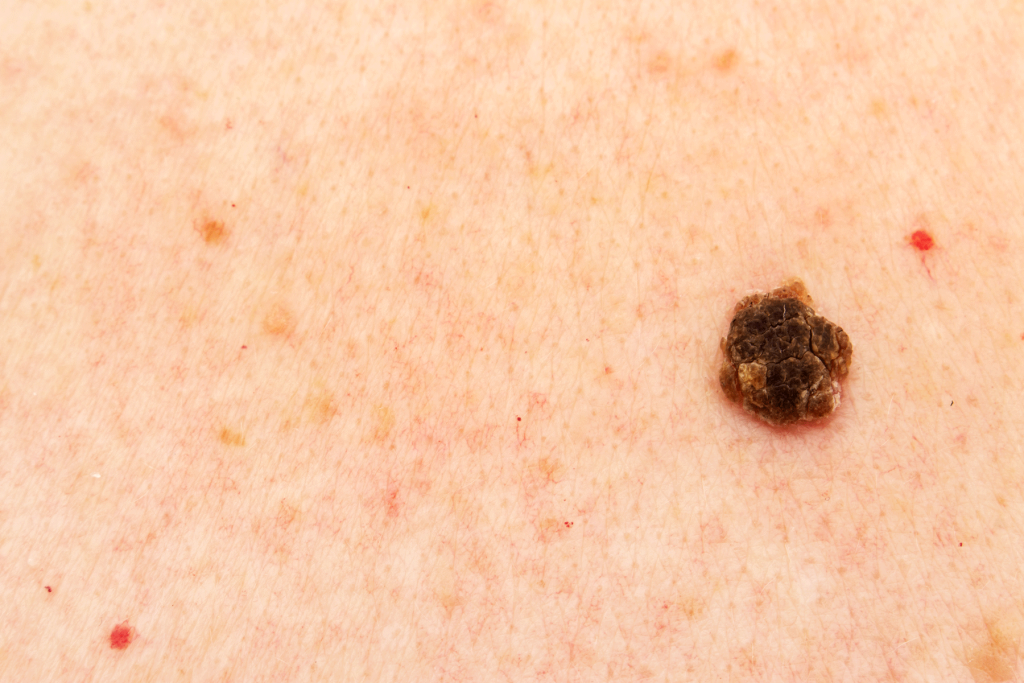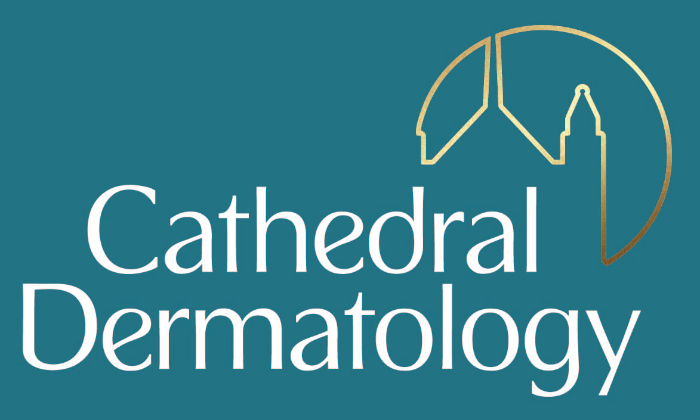What are seborrhoeic keratoses?
Seborrhoeic keratoses are common, noncancerous skin growths that frequently occur with aging.
These growths usually appear as brown, black, or light yellow or pink patches that look waxy, scaly, and slightly elevated. They tend to develop gradually on the face, neck, chest, or back but can arise anywhere on the body.
Seborrheic keratoses are benign and not contagious. They do not require treatment unless they become irritated by clothing or if you choose to remove them for cosmetic reasons.
Symptoms of Seborrhoeic Keratosis
The symptoms of Seborrhoeic Keratosis can vary, but typically include:
Location
They frequently appear on the face, neck, chest, back, or shoulders. However, they can develop on nearly any part of the body, except for the palms of the hands and soles of the feet.
Elevation
Raised Lesions: These growths are typically raised above the surrounding skin. The degree of elevation can vary from slightly raised to more pronounced bumps.
Itching or Irritation
In some cases, seborrhoeic keratoses may itch or become irritated, especially if they are in areas prone to friction or if they are scratched. This irritation can cause discomfort but is usually mild.
Appearance
Color: The growths are usually brown, black, or light yellow or pink. The color can vary and may be different from the surrounding skin. Texture: Seborrhoeic keratoses often have a waxy, greasy, or scaly texture. The surface may appear slightly rough or bumpy. Shape: They can be round or oval, and their edges are usually well-defined. The growths can vary in size, from a few millimeters to several centimeters in diameter.
Treatment Options
Treatment options available at Cathedral Dermatology include…

Moisturiser
If your seborrhoeic keratoses is not bothering you, regular use of a moisturiser may help in softening or reducing its size.
Cryotherapy
- Procedure: Involves freezing the seborrhoeic keratosis with Hydrozid®.
- Outcome: The growth falls off after the treated area heals, usually within a few weeks.
Curettage
- Procedure: Involves scraping off the seborrhoeic keratosis using a curette (a small, spoon or loop-shaped instrument), then the surface wound is sealed with a heated cautery device to prevent bleeding. The skin heals over a few weeks very like how a superficial burn would heal itself. A small scar might be left, some heal the same colour as surrounding skin, but some heal paler and others darker.
- Outcome: Lesion removed by the procedure and a small scar might be left. Some heal the same colour as the surrounding skin, but some heal paler and others darker. We usually recommend regular application of petroleum jelly or a silicon based scar gel during the healing phase.
Shave Removal
- Procedure: A thin layer of skin below the seborrhoeic keratosis is shaved off with the lesion above it, using a surgical blade.
- Outcome: The growth is removed and the area heals with minimal scarring; however, some patients skin will heal with the same colour as your surrounding skin, but some heal paler and others darker.
